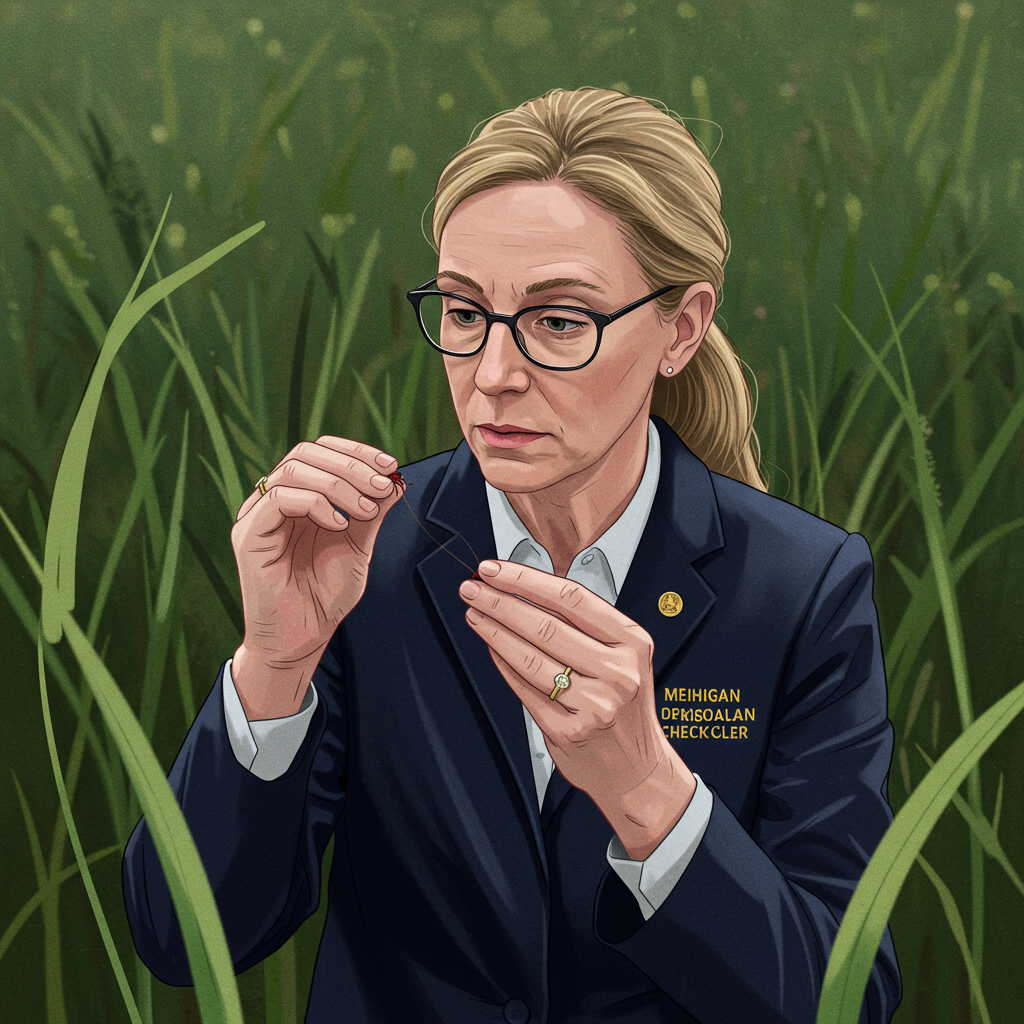Routine childhood vaccination stands as one of humanity’s most impactful public health triumphs, credited with preventing an estimated 154 million child deaths worldwide over the past 50 years. Global immunization coverage for critical diseases like diphtheria, tetanus, whooping cough, measles, polio, and tuberculosis more than doubled between 1980 and 2023, according to a new study published in The Lancet.
This remarkable success, largely driven by efforts like the World Health Organization’s Expanded Programme on Immunization, drastically reduced the number of “zero-dose” children – those under one year old who haven’t received any basic vaccines. Between 1980 and 2019, the global count of these children dropped by 75%. Experts highlight the incredible return on investment, noting that the financial benefits of vaccination can be up to 44 times the cost.
Progress Grinds to a Halt
Despite this historic achievement, the study reveals a concerning trend: the pace of vaccination progress has significantly decelerated over the last decade, and in some areas, has even reversed. This slowdown was evident even before the COVID-19 pandemic hit and was subsequently exacerbated by it.
Between 2010 and 2019, before the pandemic disruptions, at least one type of routine childhood vaccination declined in 21 out of 36 high-income countries studied. Globally, the proportion of children receiving the measles vaccine fell in 100 countries during this pre-pandemic period.
The COVID-19 pandemic further complicated immunization efforts, disrupting health systems, supply chains, and access due to lockdowns and decreased medical visits. The number of zero-dose children globally peaked at 18.6 million in 2021 before slightly decreasing to 15.7 million in 2023. The analysis suggests the pandemic added an estimated 12.8 million unvaccinated children worldwide during the four years it significantly impacted health systems.
Why Are Vaccination Rates Falling?
Experts point to a combination of factors making it increasingly difficult to reach the remaining unvaccinated children:
- Access Challenges: Many children live in remote rural areas, hard-to-reach dense urban settings, or regions affected by conflict and political instability. These areas often lack robust health infrastructure or face disruptions from geopolitical crises and natural disasters.
- Demand Issues: Growing vaccine hesitancy and widespread misinformation are eroding public confidence in the safety and effectiveness of vaccines. This is particularly noticeable in higher-income countries.
Beyond these core issues, violent conflicts, population displacement, and climate-related crises also pose significant obstacles to delivering life-saving immunizations.
The Threat of Misinformation
Misinformation about vaccines has become a critical threat. As far back as 2019, the WHO identified it as one of the leading dangers to global health, undermining trust and directly contributing to lower vaccination rates.
The consequences of falling vaccination rates are already being seen. The world is off pace to meet the World Health Organization’s 2030 goals, which include halving the number of zero-dose children from 2019 levels and achieving 90% coverage for vaccines like the diphtheria-tetanus-pertussis vaccine. The analysis projects that achieving these targets will require a substantial acceleration in current progress.
Impacts Felt Globally and Locally
The concentration of unvaccinated children is particularly high in just eight countries: Nigeria, India, the Democratic Republic of Congo, Ethiopia, Somalia, Sudan, Indonesia, and Brazil. The majority of children who have never received a vaccine are outside the United States, although challenges exist there as well.
In the United States, while most parents continue to vaccinate their children, kindergarten vaccine exemption rates reached their highest reported level in the 2023-24 school year in some jurisdictions, exceeding 5%. This contributes to localized risks. The US is currently experiencing measles outbreaks and nearing a record number of cases reported in a single year since the disease was declared eliminated in 2000, largely among unvaccinated individuals. Similarly, Europe saw a nearly tenfold increase in measles infections in the EU and European Union economic area alone in 2024.
Future challenges, such as increasing global population pressure and anticipated cuts in global immunization funding (including potential shifts in US federal funding streams like USAID), could further complicate efforts.
Targeted Solutions Needed
Addressing this complex backslide requires sustained investment and highly targeted strategies. Since the reasons for under- or non-vaccination vary significantly by country and region, public health experts must develop localized campaigns to reach vulnerable populations, build trust, and counter harmful misinformation effectively. Closing immunization gaps and ensuring equitable access to vaccines are essential to maintaining the hard-won progress of the past 50 years and protecting global health.



